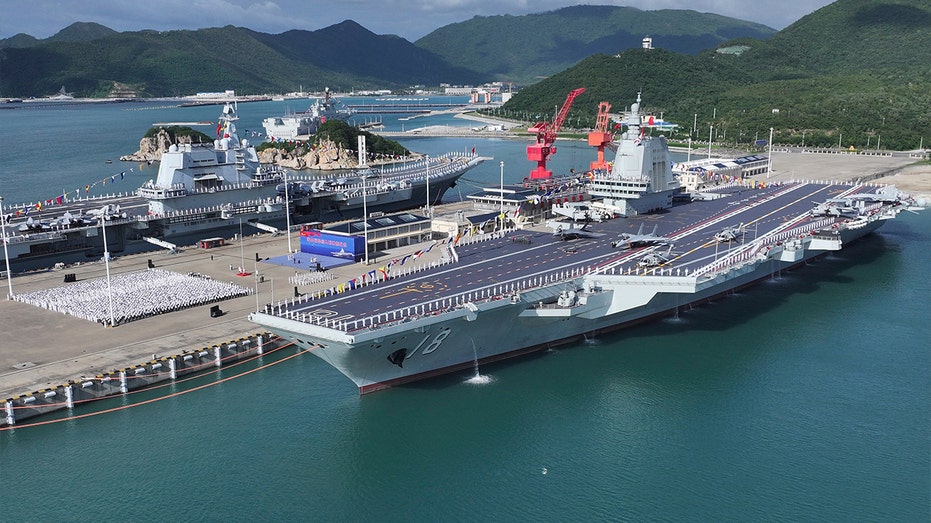A new era of naval power has dawned in the East. China has officially commissioned the Fujian, its most advanced aircraft carrier to date, marking a pivotal moment in its ambition to become a dominant force on the world’s oceans.
This isn’t simply another ship; the Fujian represents a leap forward in Chinese naval engineering. It’s the nation’s first domestically designed and built carrier, a symbol of self-reliance and a testament to President Xi Jinping’s sweeping military modernization plan.
The 80,000-ton vessel boasts a game-changing feature: electromagnetic catapults. Unlike traditional steam-powered systems, these catapults can launch heavier aircraft, including the sophisticated J-35 stealth fighter, extending the carrier’s range and striking power significantly.
For decades, the United States Navy has held undisputed dominance in the Indo-Pacific. The Fujian signals China’s intent to challenge that status, building a “blue-water” navy capable of operating far from its coastline and projecting power across vast distances.
However, a gap remains. While China is rapidly closing the gap in quantity – now possessing three carriers compared to the U.S.’s eleven – it still lags in experience and global reach. The Fujian is conventionally powered, limiting its endurance compared to America’s nuclear-powered fleet.
The adoption of electromagnetic catapults has also sparked debate, even within the United States. Former President Donald Trump publicly questioned the technology, advocating for a return to the tried-and-true reliability of steam-powered systems, famously stating they could be fixed with “a hammer and a blowtorch.”
News of the Fujian’s commissioning has been met with concern in Japan, a key U.S. ally in the region. Japanese officials have expressed worry over China’s rapid and opaque military expansion, warning they will respond decisively to any perceived threats.
The United States maintains a strong naval presence in the western Pacific, conducting regular exercises and asserting freedom of navigation in disputed waters. Officials view China’s military buildup as a clear signal of its intention to reshape the balance of power in the Indo-Pacific region.
Despite the underlying tensions, recent high-level meetings between U.S. and Chinese defense officials suggest a willingness to establish communication channels. The goal is to “deconflict” potential misunderstandings and prevent escalation, a small but significant step towards managing a complex and evolving geopolitical landscape.
The Fujian’s arrival isn’t just about ships and technology; it’s about a shifting world order. It represents a bold statement of intent, a clear indication that China is determined to play a larger, more assertive role on the global stage.






